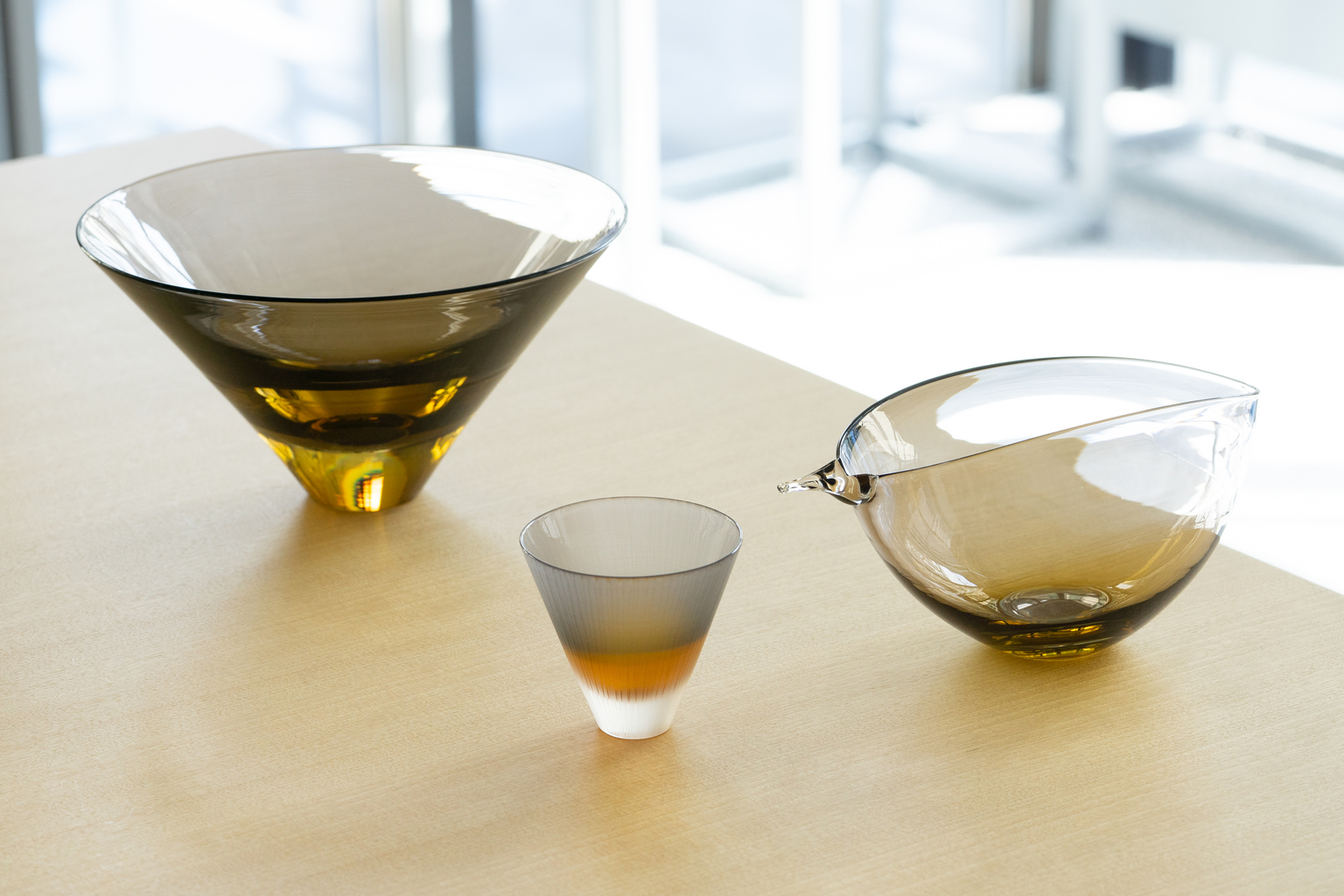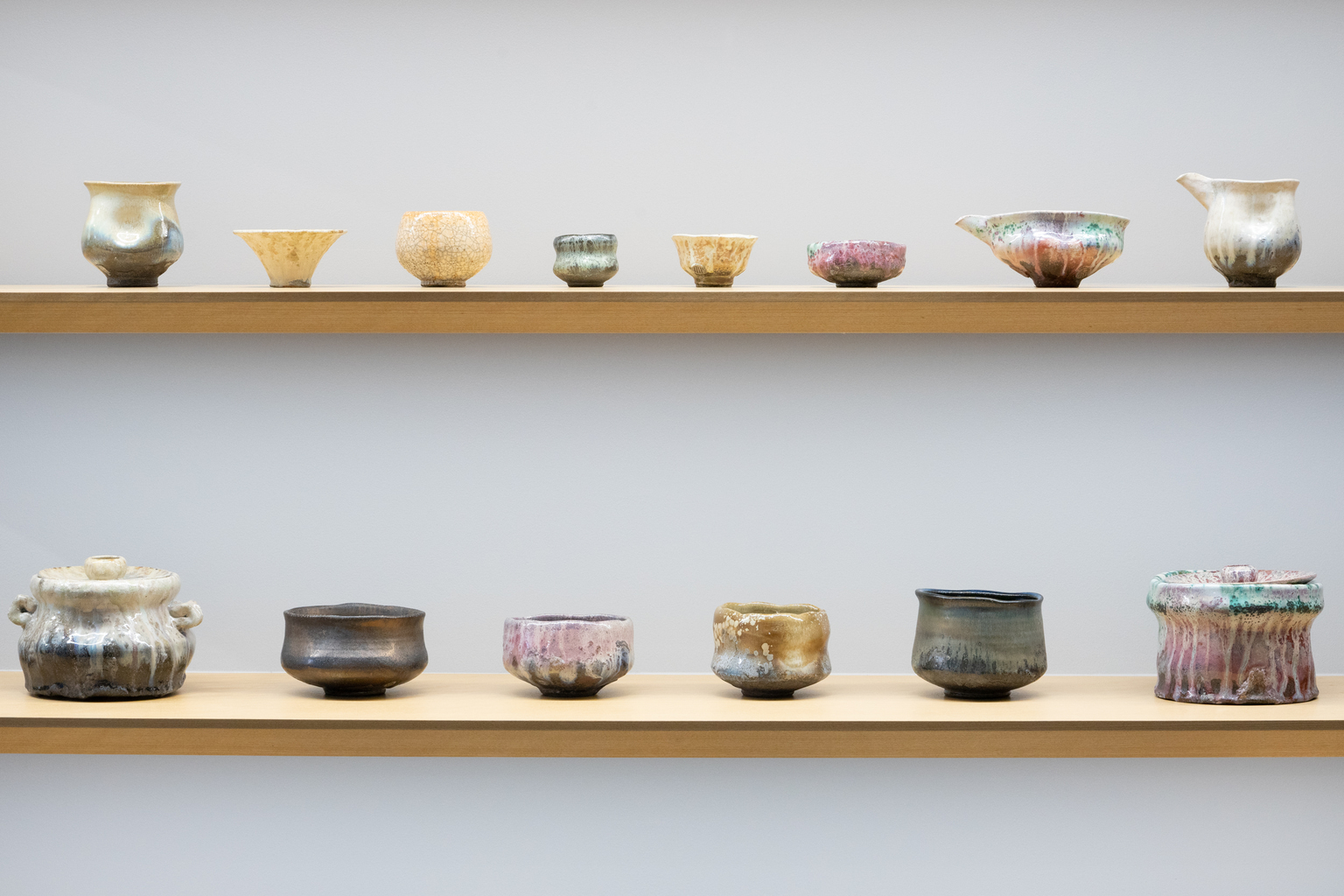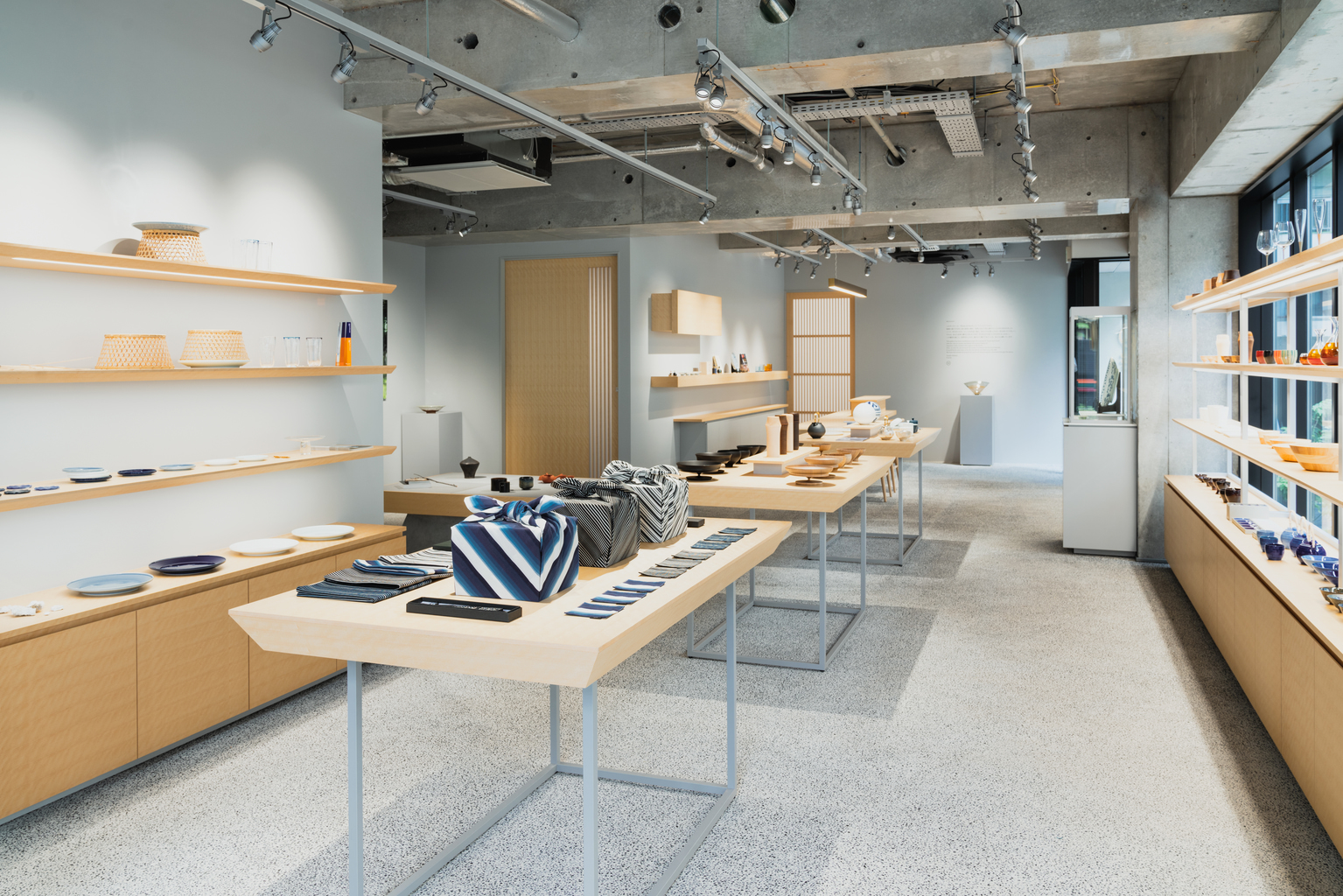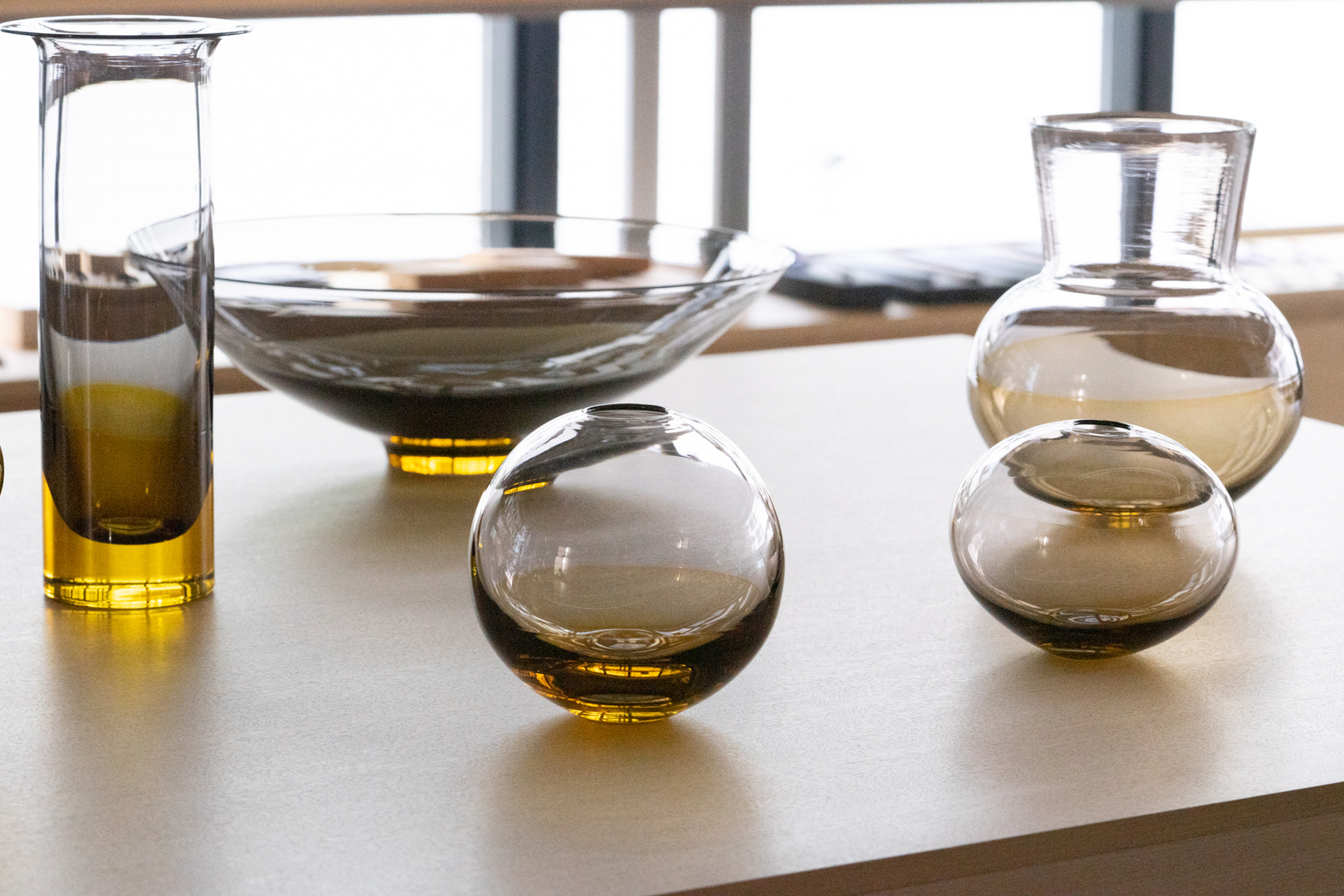Huls Gallery: Crafting Tradition for the Trendy Age
Japanese delicacies is characterised by its many dishes specified by entrance of you. In contrast to desk spreads within the West, a eating desk in a Japanese family consists of an array of various plates, bowls and cups. Whether or not the dishes match issues little; it is about how they create a way of concord collectively. Within the period of social distancing, tableware might help soothe a craving for the tactile. “Conferences now are on Zoom and Skype,” says Yusuke Shibata, founding father of Huls Gallery and professional on Japanese crafts. “Folks need to contact.”
Shibata is a real jack-of-all-trades. With a various background in net design, gross sales and distribution, he gives uncommon, holistic insights into the ins and outs of selling Japanese crafts on a worldwide scale.

Japanese Crafts for the Future
When in Singapore, Shibata observed a powerful fondness for all issues Japan. “Loads of Singaporeans love Japanese tradition and Japanese crafts,” he says.
This impressed him to open Huls Gallery Singapore in 2017. Huls Gallery is just not solely an exhibition house, but additionally a store the place guests should purchase items that resonate with them. After the success of the Singapore location, Shibata opened Huls Gallery Tokyo in Akasaka in 2019. The model additionally provides tableware to wonderful eating eating places across the globe, together with 30 institutions in Singapore and even some Michelin-starred establishments in Japan and overseas.
Having a transparent channel of communication between the shoppers and the artists is on the coronary heart of Huls Gallery’s mission. The corporate encourages cooks and prospects to share their ideas and experiences, which Huls Gallery then relays to the artists. This, says Shibata, permits them to collect intel on methods to develop their enterprise and get inspiration for brand spanking new merchandise or designs based mostly on how individuals are utilizing the objects.
“Our firm focuses on sharing up to date crafts made by younger artists,” Shibata reveals. Younger artists, he explains, respect the custom of the craft but additionally acknowledge they should create one thing new in response to trendy wants. They’re desperate to develop their clientele and adapt to developments so extra folks can recognize their artwork. A part of showingcasing the brand new era of artisans means introducing the folks behind the merchandise. Huls Gallery has embraced this by internet hosting talks with exhibitors, the place can ask questions first-hand about how a bit or assortment got here to fruition.

Do not Gather It, Use It
Shibata is passionate concerning the present pattern consuming the world of Japanese tableware: The significance of contact and really feel. Modern artists are experimenting with supplies, textures and shapes to make tableware extra bodily pleasing to its customers. Not solely in that they’ll superbly current meals, but additionally be appreciated throughout the meal. This may very well be, he mentions, why Shigarakiyaki and Bizenyaki are having a latest resurgence in Singapore. “I believe folks need to really feel the sense of nature by touching and grazing the [dishes],” says Shibata.
Shibata sees infinite prospects on the subject of sharing Japanese tableware with followers of Japanese crafts around the globe. However he additionally warns about amassing. “We are able to study a whole lot of issues through the use of crafts,” he says. About ourselves, our habits, our wants. Tableware needn’t be stored in cabinets and closets; it ought to be showcased and cherished.
Folks, he says, usually fall into the vicious circle of amassing and preserving. They’re desperate to assist Japanese companies and craftspeople, however in addition they are inclined to maintain bought crockery unused for years, if not a long time. And so extra than simply buying, Shibata insists that one of the best ways to assist Japanese craftsmanship – or any craftsmanship, for that matter – is to honor its authentic function. “We should proceed to make use of it,” he emphasizes.
Japanese tableware is uncommon in that with use, the colours of the glaze and the feel of the end change. You’ll be able to see and really feel whether or not a plate has been well-loved. Over time, the tableware turns into extra stunning — however you can not know this by preserving it tucked away in bins.

Trendy Tech Meets Conventional Crafts
“Really, I believe some [tech] corporations are taken with conventional strategies,” says Shibata. He cites Panasonic for instance. Again in 2017, the corporate collaborated with Kyoto collective Go On to create a spread of merchandise that mix state-of-the-art know-how and conventional strategies.
“That venture was profitable, however there are few tasks that adopted,” reveals Shibata. “As a result of in the mean time there’s a massive hole between know-how and conventional strategies.” Shibata’s subsequent mission is to bridge this hole.
The largest problem, he mentions, is staying true to Japan’s use of conventional supplies, which are sometimes of top of the range and thus costly, whereas additionally accommodating the wants of mass manufacturing. Do not let the phrases “mass manufacturing” idiot you right here – craftspeople and kilns usually use the help of equipment to create works in greater portions.
When it comes to what he hopes to share via Huls Gallery, Shibata mentions he plans to journey round Japan to showcase the nation’s stunning variety. Tableware from Shiga is just not the identical as crockery from Hokkaido, and that is one thing Shibata desires to study extra about to share this artistic vary with the world. “Japan is fortunate to have such a definite tradition and variety of crafts,” he says. “We have to embrace this and discover ways to share this with the world.”

Extra data
Huls Gallery Tokyo
6-4-10, Akasaka, Minato-ku
hulsgallerytokyo.com/en
